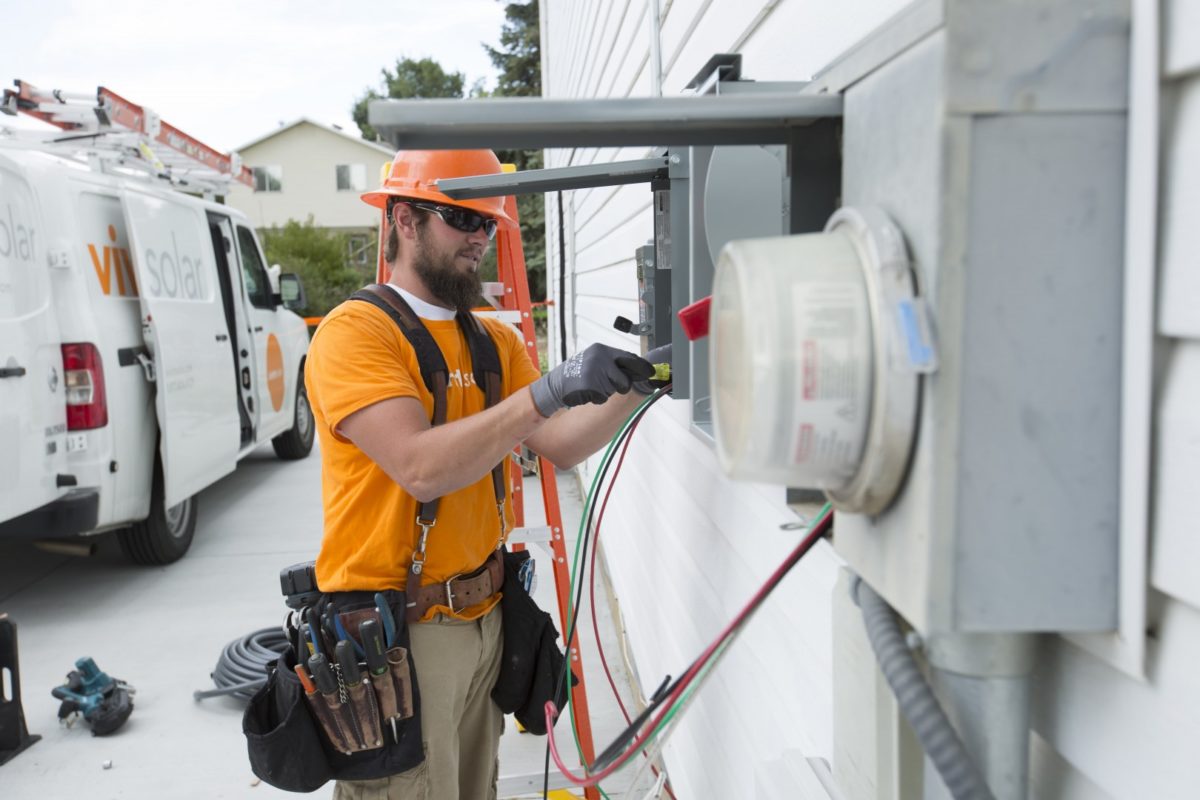
New job creation in the US clean energy sector continues to be slow, with just 24,000 jobs added last month, analysis of official figures has found.
That figure equates to around 0.9% growth in the number of people employed within the clean energy space, and October was the fourth straight month that clean energy job creation has amounted to less than 1%.
Unlock unlimited access for 12 whole months of distinctive global analysis
Photovoltaics International is now included.
- Regular insight and analysis of the industry’s biggest developments
- In-depth interviews with the industry’s leading figures
- Unlimited digital access to the PV Tech Power journal catalogue
- Unlimited digital access to the Photovoltaics International journal catalogue
- Access to more than 1,000 technical papers
- Discounts on Solar Media’s portfolio of events, in-person and virtual
Analysis compiled on behalf of clean energy groups E2, E4TheFuture and the American Council on Renewable Energy (ACORE) shows that as of the end of last month, some 454,000 clean energy workers remain unemployed going into the end of the year – equivalent to 75% of the US’ total clean energy workforce – as the long tail of the COVID-19 pandemic has continued to be felt.
At the current rate of recovery, it would take more than 18 months for the clean energy sector to reach pre-COVID levels, the assessment has found, and it would not be until 2023 that the clean energy sector’s original projected job creation figure for 2020 is hit.
Clean energy associations have sounded the alarm this month with job creation still lagging behind expectations going into what is historically a quieter time for clean energy deployment in the US, with Thanksgiving next week and the festive season coming shortly after.
The brunt of the blame has been laid at inaction at the federal level. Efforts to enshrine support for clean energy in a US post-COVID stimulus package failed, and the recent US election – which the incumbent President Donald Trump lost – disrupted the legislative process further.
But with Congress now returning, E2 and ACORE have both placed further pressure on representatives to intervene.
“Congress returns from elections as clean energy job growth continues to stall and permanent job losses increase. With stimulus discussions on the table again, Congress can turn this around by passing clean energy tax extenders and making funds available directly to clean energy businesses to help with job growth immediately,” Sandra Purohit, advocacy director at E2, said.
Gregory Wetstone, president and CEO at ACORE, said the pace of recovery stressed the urgency of the situation, while stating that the speed of recovery in renewable energy jobs in particular had been far too slow.
“We need temporary refundability for renewable tax credits so that projects can be completed in spite of a COVID-constrained tax equity market, and a delay in the scheduled phasedown of existing credits in recognition of the adverse nationwide impact the pandemic has had on the renewable sector this year,” he said.
Having lost just under 100,000 jobs between March and May, the US renewables sector witnessed a jump in June when more than 17,000 jobs were created, but since then creation has been in the few-thousand mark. While October was more productive than previous months, less than 4,000 jobs were created and still more than 70,000 jobs remain lost.
Renewables is the second hardest-hit clean energy sector behind energy efficiency.
Data also shows the states to be hardest hit, with almost one-third (30.7%) of Georgia's clean energy workforce still out of work. While subject to a recount, Georgia is projected to have swung to the Democrats in this month’s election, the first time it has done so since 1992.







